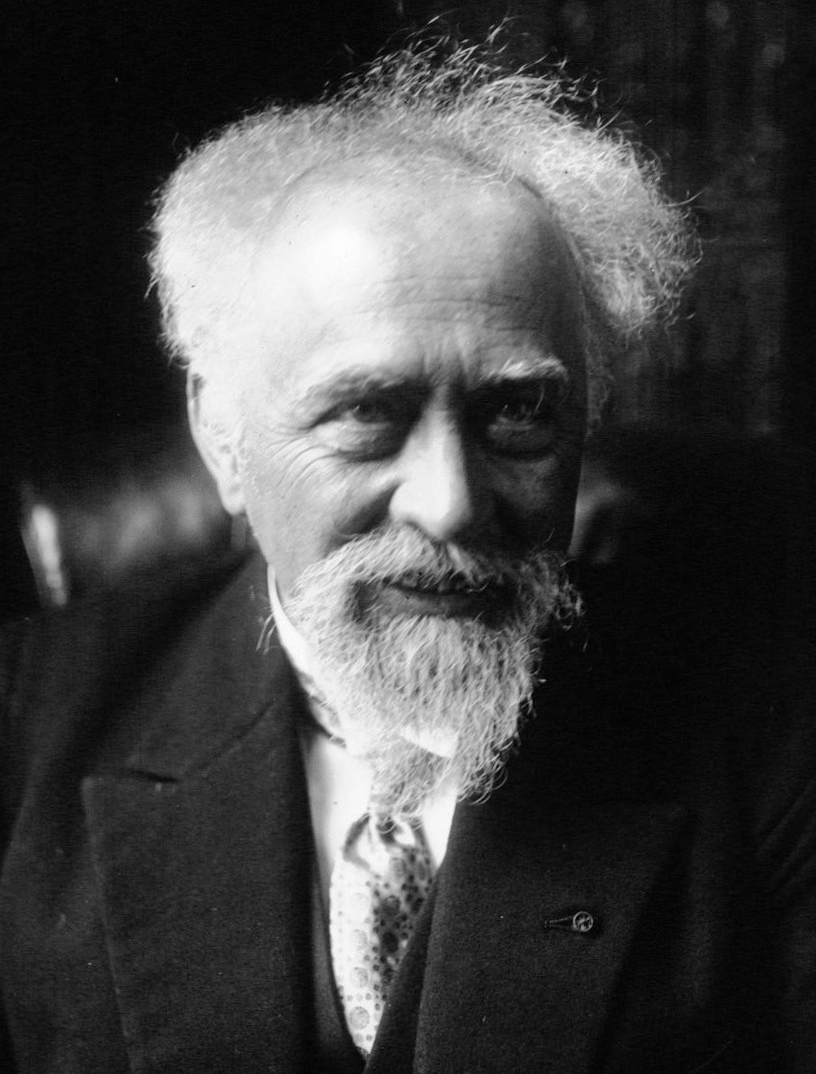
Dalton (unit)
The dalton or unified atomic mass unit (symbols: Da or u) is a non-SI unit of mass defined as 1/12 of the mass of an unbound neutral atom of carbon-12 in its nuclear and electronic ground state and at rest.[1][2] The atomic mass constant, denoted mu, is defined identically, giving mu = 1/12 m(12C) = 1 Da.[3]
Not to be confused with atomic units.
dalton
(unified atomic mass unit)
This unit is commonly used in physics and chemistry to express the mass of atomic-scale objects, such as atoms, molecules, and elementary particles, both for discrete instances and multiple types of ensemble averages. For example, an atom of helium-4 has a mass of 4.0026 Da. This is an intrinsic property of the isotope and all helium-4 atoms have the same mass. Acetylsalicylic acid (aspirin), C
9H
8O
4, has an average mass of about 180.157 Da. However, there are no acetylsalicylic acid molecules with this mass. The two most common masses of individual acetylsalicylic acid molecules are 180.0423 Da, having the most common isotopes, and 181.0456 Da, in which one carbon is carbon-13.
The molecular masses of proteins, nucleic acids, and other large polymers are often expressed with the units kilodalton (kDa) and megadalton (MDa).[4] Titin, one of the largest known proteins, has a molecular mass of between 3 and 3.7 megadaltons.[5] The DNA of chromosome 1 in the human genome has about 249 million base pairs, each with an average mass of about 650 Da, or 156 GDa total.[6]
The mole is a unit of amount of substance used in chemistry and physics, which defines the mass of one mole of a substance in grams as numerically equal to the average mass of one of its particles in daltons. That is, the molar mass of a chemical compound is meant to be numerically equal to its average molecular mass. For example, the average mass of one molecule of water is about 18.0153 daltons, and one mole of water is about 18.0153 grams. A protein whose molecule has an average mass of 64 kDa would have a molar mass of 64 kg/mol. However, while this equality can be assumed for practical purposes, it is only approximate, because of the 2019 redefinition of the mole.[4][1]
In general, the mass in daltons of an atom is numerically close but not exactly equal to the number of nucleons in its nucleus. It follows that the molar mass of a compound (grams per mole) is numerically close to the average number of nucleons contained in each molecule. By definition, the mass of an atom of carbon-12 is 12 daltons, which corresponds with the number of nucleons that it has (6 protons and 6 neutrons). However, the mass of an atomic-scale object is affected by the binding energy of the nucleons in its atomic nuclei, as well as the mass and binding energy of its electrons. Therefore, this equality holds only for the carbon-12 atom in the stated conditions, and will vary for other substances. For example, the mass of an unbound atom of the common hydrogen isotope (hydrogen-1, protium) is 1.007825032241(94) Da,[a]
the mass of a proton is 1.0072764665789(83) Da,[7] the mass of a free neutron is 1.00866491606(40) Da,[8] and the mass of a hydrogen-2 (deuterium) atom is 2.014101778114(122) Da.[9] In general, the difference (absolute mass excess) is less than 0.1%; exceptions include hydrogen-1 (about 0.8%), helium-3 (0.5%), lithium-6 (0.25%) and beryllium (0.14%).
The dalton differs from the unit of mass in the atomic units systems, which is the electron rest mass (me).